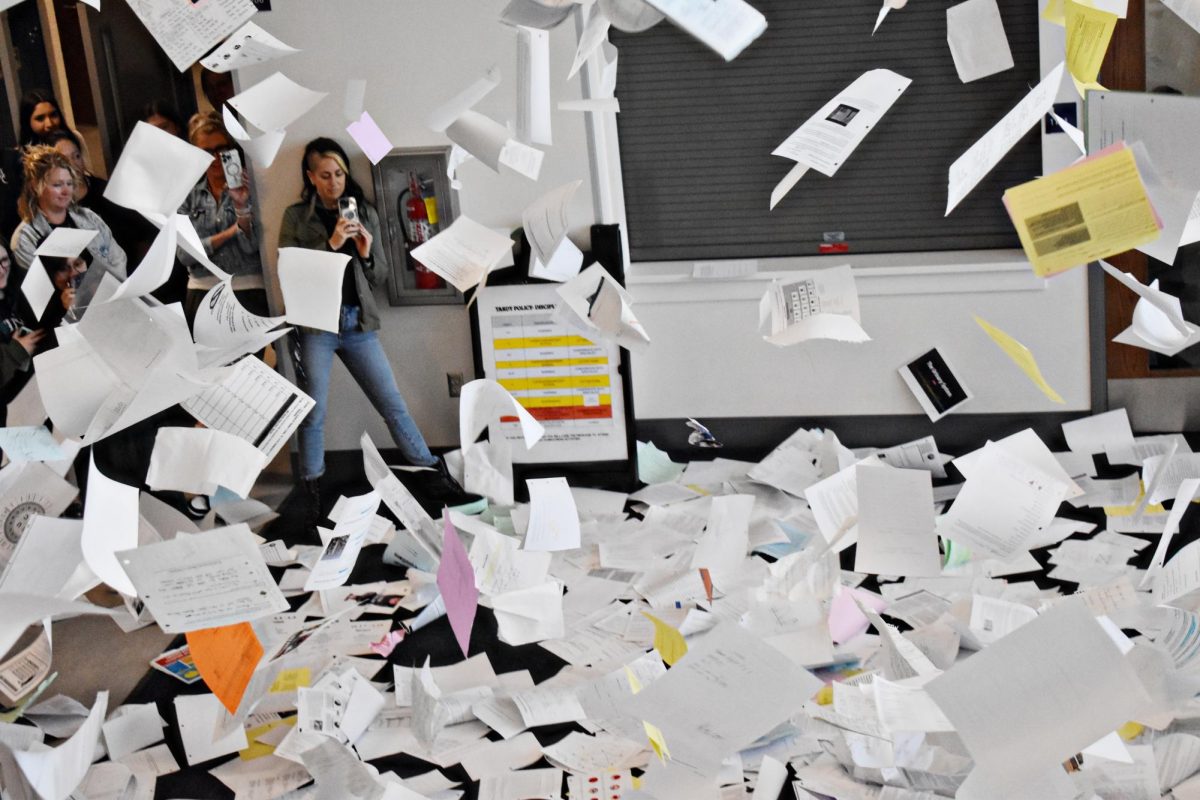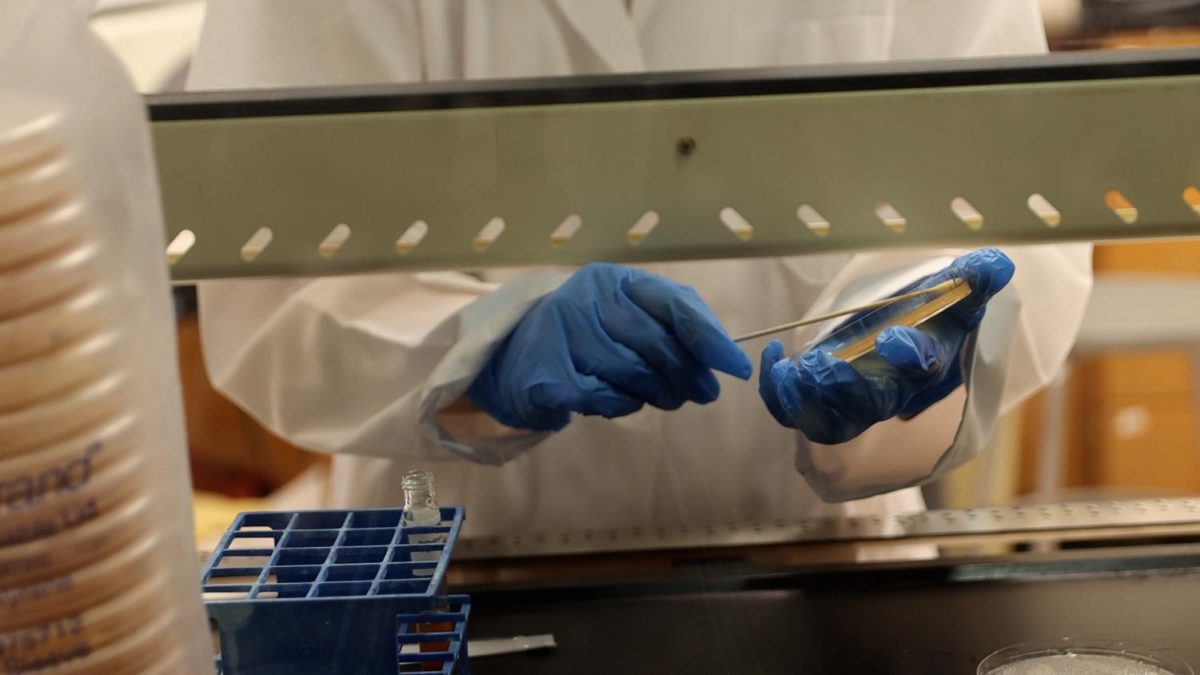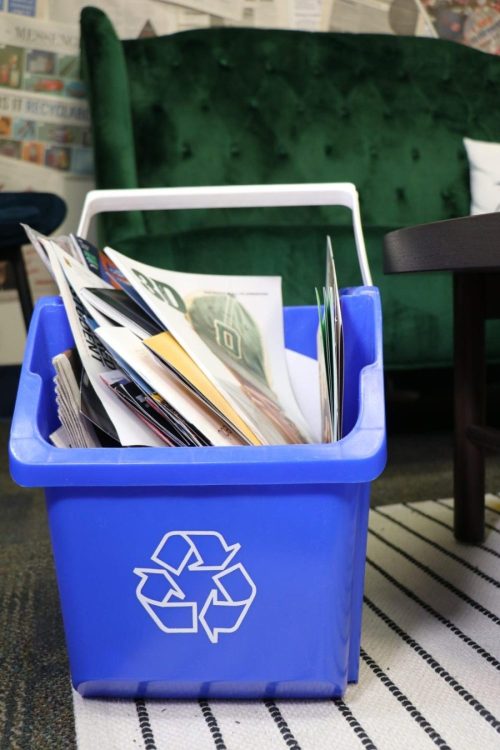My house is full of glossy brochures. They are stacked on my counter, in my room and in my mailbox. And they are all from colleges begging me to send in an application, despite half not having either of my intended majors.
They are filled with every wonderful thing a college could offer: pictures of an obscure class with 14 students that few will take, their selective large dorm rooms, aerial views of the school only in early fall or late spring, and the vast options of food served on campus.
Ninety times out of 100 the brochures sent from colleges won’t tell you how much it costs to go there, but do include their super selective scholarships.
There are 575 seniors at MHS. Multiply that by the 60 brochures I received in a week and the whole senior class received 34,500 pieces of college mail in one week.
Accumulating this mail over the course of a whole year and we could start a recycling business.
Colleges highly prioritize marketing, paying 42 cents for each student email and address from the Student Search Service, a College Board database. A fortune is spent on these shiny picture books that only add to the stress of college applications.
And where do most of them end up? In the trash.
According to Eco-cycle about 4 million tons of glossy brochures, envelopes and other direct mail advertisements end up in U.S. landfills each year. A large portion of that can be contributed to college mail. Clearly this is a problem.
It’s understandable that colleges and universities have to advertise because ultimately they are a business, but switching to only email marketing would be best. I already receive a ton of emails from colleges, and I don’t need the additional picture books they decide to send.
College mail isn’t useful, especially when it’s wasting paper, and ignoring the clear alternative: email.
According to New York University, it’s estimated that American households collectively throw away the equivalent of 100 million trees’ worth of paper. Recycling college mail would largely curtail the amount of paper going to landfills.
As high school students, we cannot stop colleges from advertising and sending “personalized” letters in bulk, but we can at least recycle instead of contributing to landfills.
This story was originally published on Marquette Messenger on October 25, 2023.

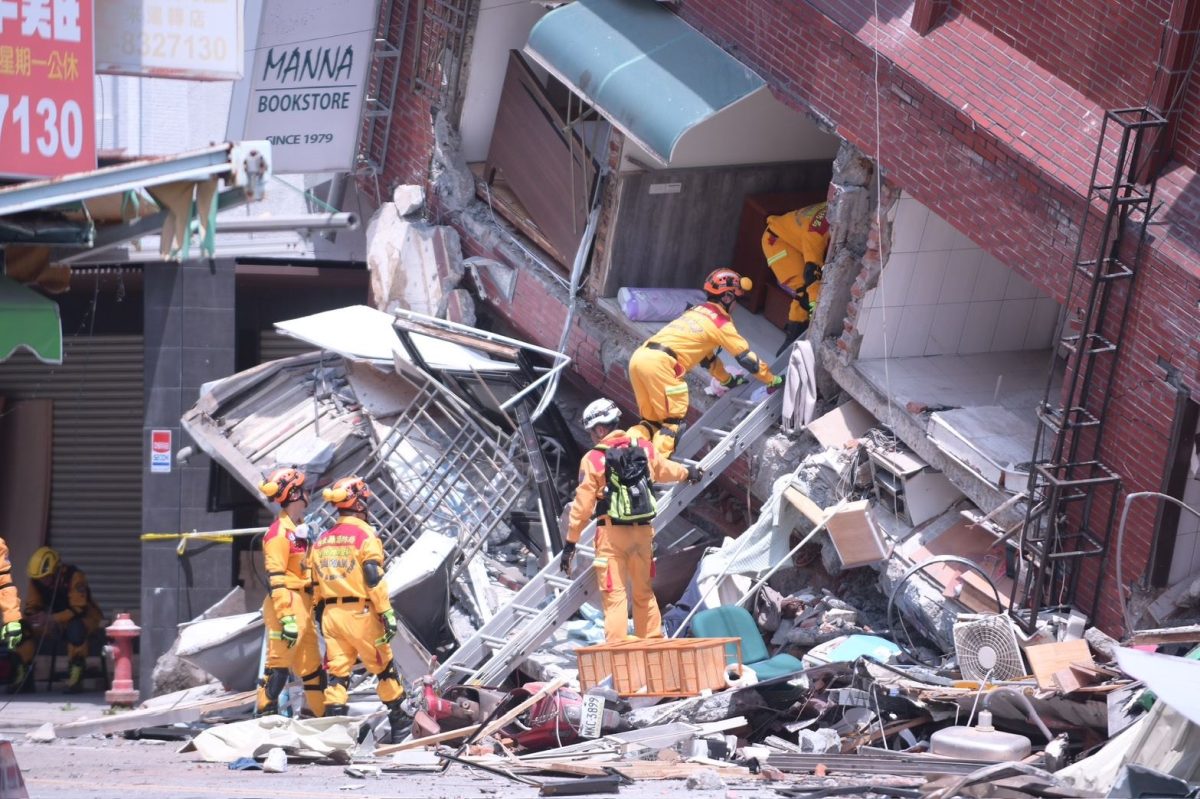



![With the AISD rank and GPA discrepancies, some students had significant changes to their stats. College and career counselor Camille Nix worked with students to appeal their college decisions if they got rejected from schools depending on their previous stats before getting updated. Students worked with Nix to update schools on their new stats in order to fully get their appropriate decisions. “Those who already were accepted [won’t be affected], but it could factor in if a student appeals their initial decision,” Principal Andy Baxa said.](https://bestofsno.com/wp-content/uploads/2024/05/53674616658_18d367e00f_o-1200x676.jpg)
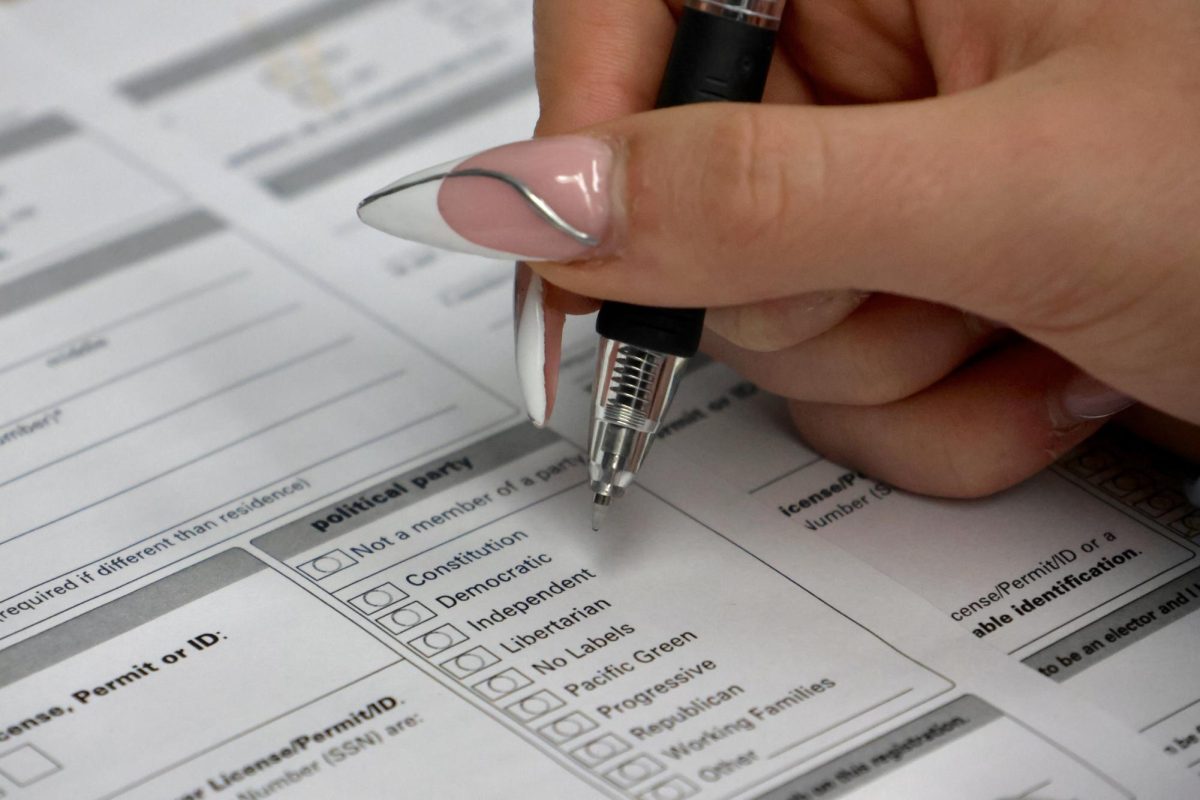





![Junior Mia Milicevic practices her forehand at tennis practice with the WJ girls tennis team. “Sometimes I don’t like [tennis] because you’re alone but most of the time, I do like it for that reason because it really is just you out there. I do experience being part of a team at WJ but in tournaments and when I’m playing outside of school, I like that rush when I win a point because I did it all by myself, Milicevic said. (Courtesy Mia Milicevic)](https://bestofsno.com/wp-content/uploads/2024/06/c54807e1-6ab6-4b0b-9c65-bfa256bc7587.jpg)





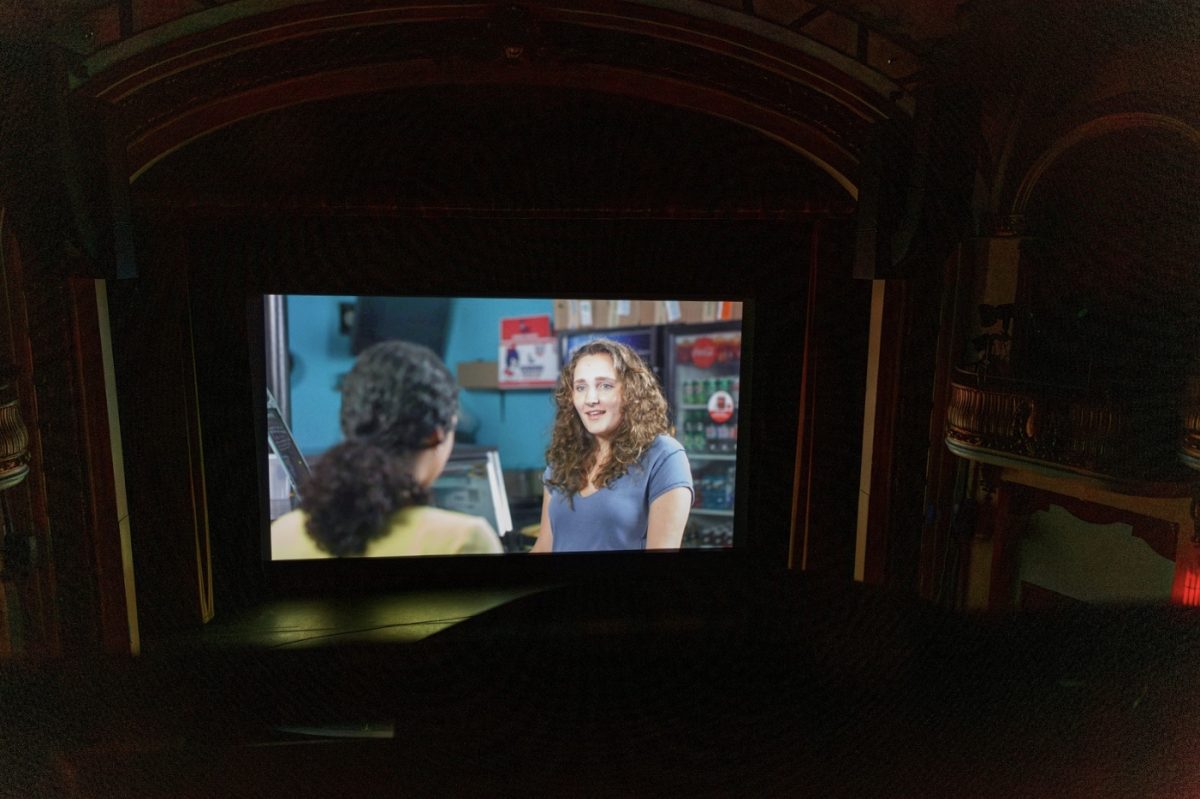

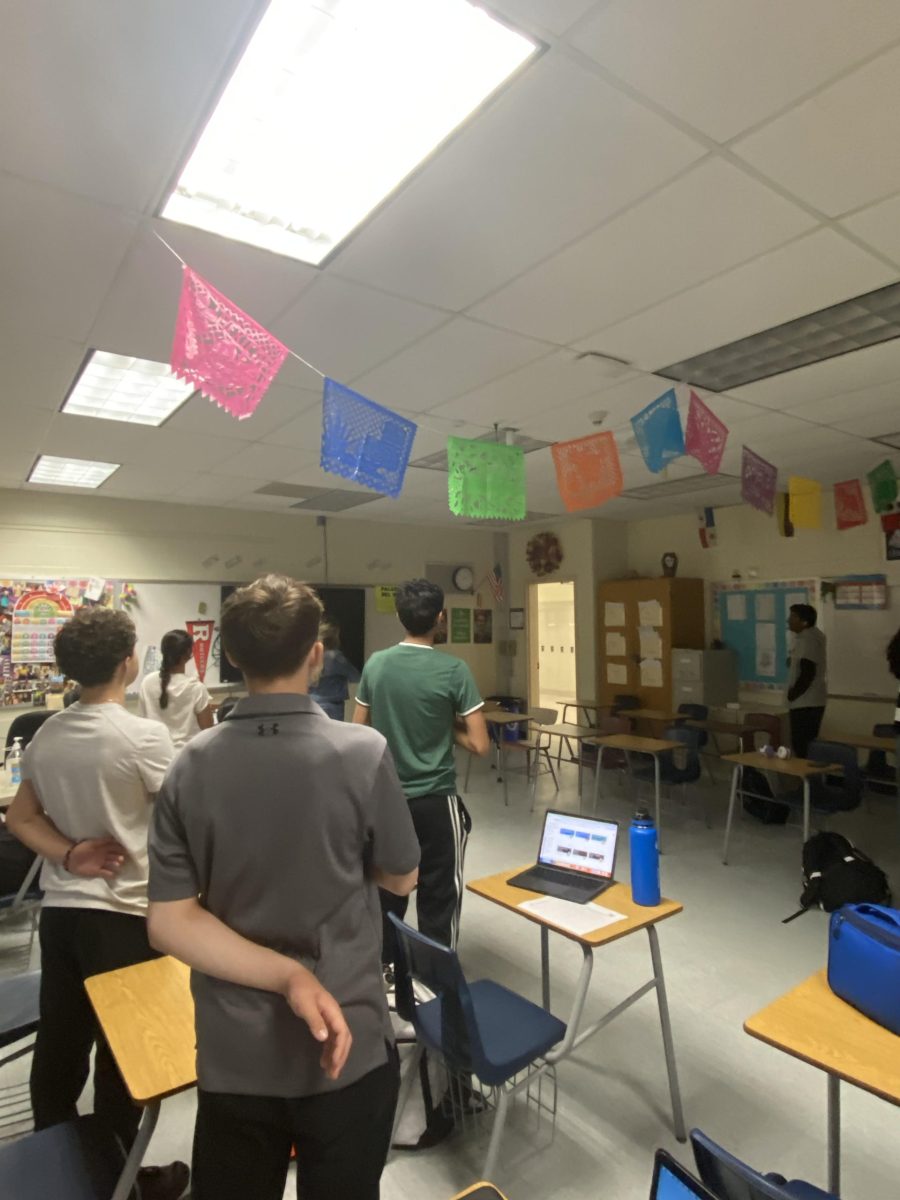
![The Jaguar student section sits down while the girls basketball team plays in the Great Eight game at the Denver Coliseum against Valor Christian High School Feb. 29. Many students who participated in the boys basketball student section prior to the girls basketball game left before half-time. I think it [the student section] plays a huge role because we actually had a decent crowd at a ranch game. I think that was the only time we had like a student section. And the energy was just awesome, varsity pointing and shooting guard Brooke Harding ‘25 said. I dont expect much from them [the Golden Boys] at all. But the fact that they left at the Elite Eight game when they were already there is honestly mind blowing to me.](https://bestofsno.com/wp-content/uploads/2024/05/IMG_7517-e1716250578550-900x1200.jpeg)





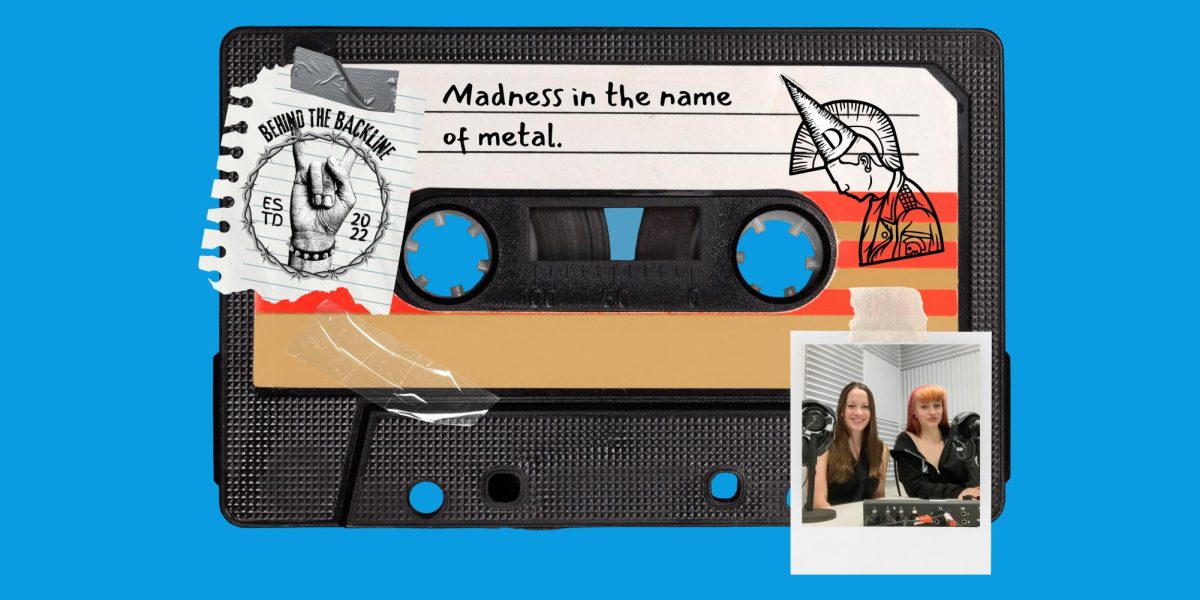
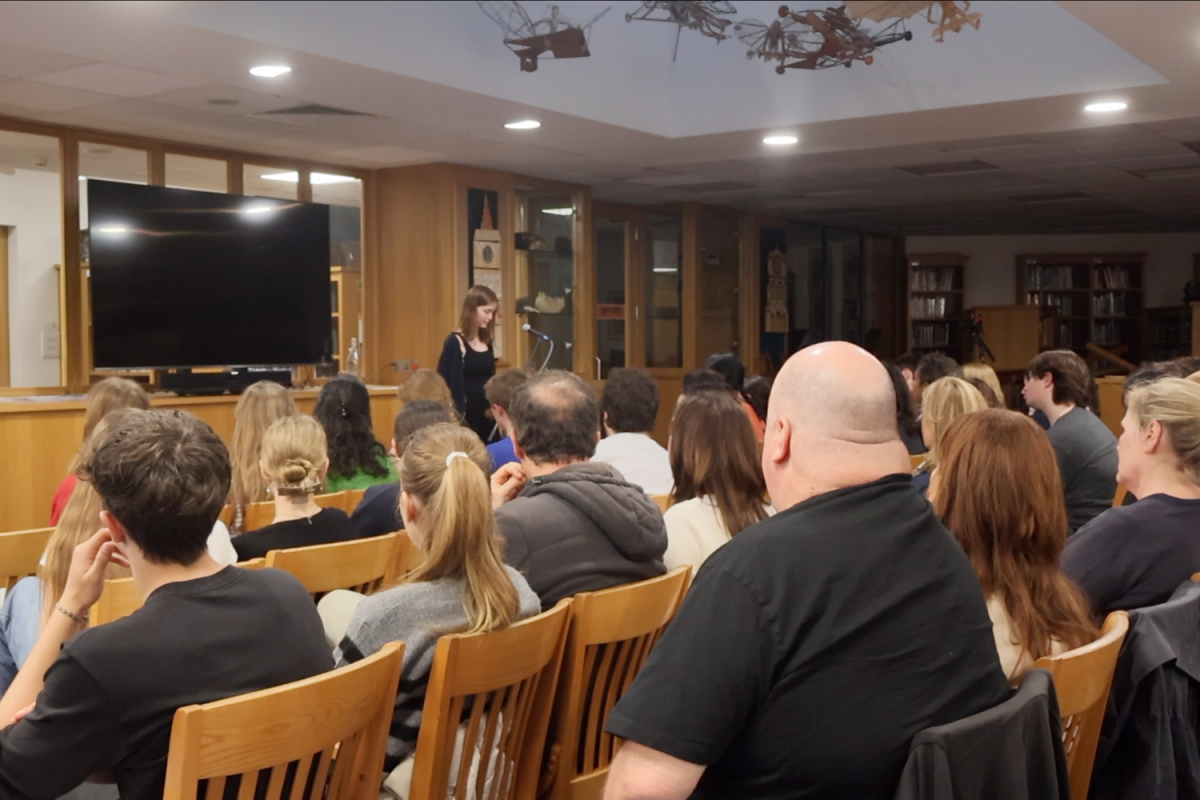


![BACKGROUND IN THE BUSINESS: Dressed by junior designer Kaitlyn Gerrie, senior Chamila Muñoz took to the “Dreamland” runway this past weekend. While it was her first time participating in the McCallum fashion show, Muñoz isn’t new to the modeling world.
I modeled here and there when I was a lot younger, maybe five or six [years old] for some jewelry brands and small businesses, but not much in recent years,” Muñoz said.
Muñoz had hoped to participate in last year’s show but couldn’t due to scheduling conflicts. For her senior year, though, she couldn’t let the opportunity pass her by.
“It’s [modeling] something I haven’t done in a while so I was excited to step out of my comfort zone in a way,” Muñoz said. “I always love trying new things and being able to show off designs of my schoolmates is such an honor.”
The preparation process for the show was hectic, leaving the final reveal of Gerrie’s design until days before the show, but the moment Muñoz tried on the outfit, all the stress for both designer and model melted away.
“I didn’t get to try on my outfit until the day before, but the look on Kaitlyn’s face when she saw what she had worked so hard to make actually on a model was just so special,” Muñoz said. “I know it meant so much to her. But then she handed me a blindfold and told me I’d be walking with it on, so that was pretty wild.”
Caption by Francie Wilhelm.](https://bestofsno.com/wp-content/uploads/2024/05/53535098892_130167352f_o-1200x800.jpg)

